On the morning of November 5, the 14th Central Conference of the 13th tenure solemnly opened in the capital Hanoi . General Secretary To Lam chaired and delivered the opening speech.
General Secretary To Lam delivered the opening speech at the 14th Central Conference of the 13th tenure on the morning of November 5.
PHOTO: NHAT BAC
In his opening speech, regarding the report reviewing the leadership and direction of the 13th Party Central Committee presented to the 14th Party Congress, General Secretary To Lam said that immediately after the 13th Congress, the Party Central Committee, the Politburo , and the Secretariat urgently led and directed the research, dissemination, and implementation of the congress resolution with many new, methodical, scientific, and effective approaches.
Timely review and issue policies to handle many difficult, complicated, outstanding, and long-standing issues, and unlock resources for national development, especially socio-economic development.
Lead and direct national defense, security, and foreign affairs; work on Party building and rectification and the political system. Strictly implement the Party's principles, constantly innovate leadership methods, working styles and procedures...
The General Secretary emphasized that looking back at the 13th term, we have maintained our strategic orientation; persistently built and rectified the Party; promoted institutional improvement; steadfastly maintained macroeconomic stability; promoted digital transformation and green transformation; consolidated national defense and security; expanded foreign relations and deep integration.
Many major policies have been institutionalized, many bottlenecks have been removed, and many breakthrough decisions have been implemented. "We have achieved things that can be considered miracles," the General Secretary stated.
Delegates attending the 14th Central Conference opening on the morning of November 5
PHOTO: VNA
However, the General Secretary said that, with the spirit of self-reflection and self-correction, Central Committee members also need to contribute ideas so that the 14th Central Committee can overcome its limitations and shortcomings. Specifically, some policies are slow to come into life, there are still many guiding documents, the organization and implementation are not uniform; decentralization and delegation of power are not really smooth, vertical and horizontal connection are not smooth, accountability is not clear in some places; the organizational apparatus is streamlined in some places but not coupled with improving effectiveness and efficiency.
At the same time, the General Secretary also pointed out that "bottlenecks" in land, capital markets, skilled labor... have not been completely resolved; the prevention and fight against corruption, waste, and negativity have achieved many results, but early and remote prevention work needs to be more drastic; policy communication has not met the requirements of "correct - sufficient - timely", and public trust has been challenged at times and in some places.
The decisive "leverage" for a streamlined - transparent - effective political system
Regarding the arrangement and streamlining of the apparatus according to Resolution 18 of the 12th tenure, the General Secretary emphasized that after 8 years of implementing Resolution 18, especially the period from 2024 to present, we have achieved many important results.
The apparatus of the entire political system, from the central to local levels, has been streamlined, with clear functions and responsibilities, and reduced intermediate levels; staffing has been streamlined while improving the quality of the contingent of cadres, civil servants, and public employees. The activities of Party, State, Fatherland Front agencies, and socio-political organizations have become increasingly effective and efficient.
Seriously implementing lessons learned from the summary of Resolution 18 is of key significance in transforming the political system from "cumbersome - dispersed" to streamlined - interconnected - effective - efficient, especially when we organize a 2-level local government model and open up new development space after rearranging administrative boundaries at the provincial and communal levels.
The 14th Central Conference will review and decide on personnel matters for the 14th Party Congress and Party building and the political system.
PHOTO: NHAT BAC
This is the fundamental condition to maintain stability, development, ensure modern national governance, promote rapid and sustainable growth, improve people's quality of life, and move towards the goal of "rich people, strong country, democracy, fairness, civilization", and a powerful, prosperous, and everlasting nation.
In terms of meaning, the summary shows that it is necessary to shift from the mindset of "administrative management" to "functional and result-based management"; reduce intermediate levels, clarify authority and responsibility, "one task - one presiding agency - one responsible person", and strongly link decentralization with a transparent power control mechanism.
In terms of importance, the two-tier local government model helps the provincial level focus on strategy, planning, inter-regional coordination and high-level public services, while the commune level stays close to the people and quickly resolves daily needs; when administrative boundaries are rearranged, we have the opportunity to restructure the urban-rural network, form growth poles, economic corridors, exploit larger market sizes and reduce transaction costs for businesses and people.
In terms of practical value, the proven lessons include: standardizing processes and data, connecting national databases, operating "one-stop - one standard - one declaration", measured by the satisfaction of people and businesses.
By doing so, the two-tier local government model and new development space will become institutional levers, transforming resources into driving forces, turning potential into high and sustainable growth, contributing to realizing the 100-year goals in a volatile regional and world order.
In order for the two-level local government model to be most effective, according to the General Secretary, it is necessary to ensure the connectivity and complementarity of the three-level government (Central - Provincial, City - Commune, Ward) along three axes: institutions - resources - data. In that interconnected structure, the Central government plays the role of managing, creating and ensuring unity throughout the system.
When the three levels of government operate as a whole, with the central government creating standards and coordinating inter-regionally; the provincial level organizing strategies, allocating resources, and monitoring results; and the grassroots level directly serving, quickly resolving, and responding to real-world data, the goal of maintaining peace and stability, promoting rapid but sustainable growth, and improving welfare will have a solid foundation.
"In conclusion, implementing the lessons learned from Resolution 18 according to the model of a two-level, three-level interconnected local government, with the Central Government as the "institutional architect", will be the decisive "lever" to make the political system streamlined - transparent - effective, thereby bringing the country to progress quickly and steadily towards strength, prosperity, and people's well-being and happiness," the General Secretary emphasized.
Source: https://thanhnien.vn/tong-bi-thu-chung-ta-da-lam-duoc-nhung-viec-co-the-coi-la-ky-tich-185251105094537982.htm



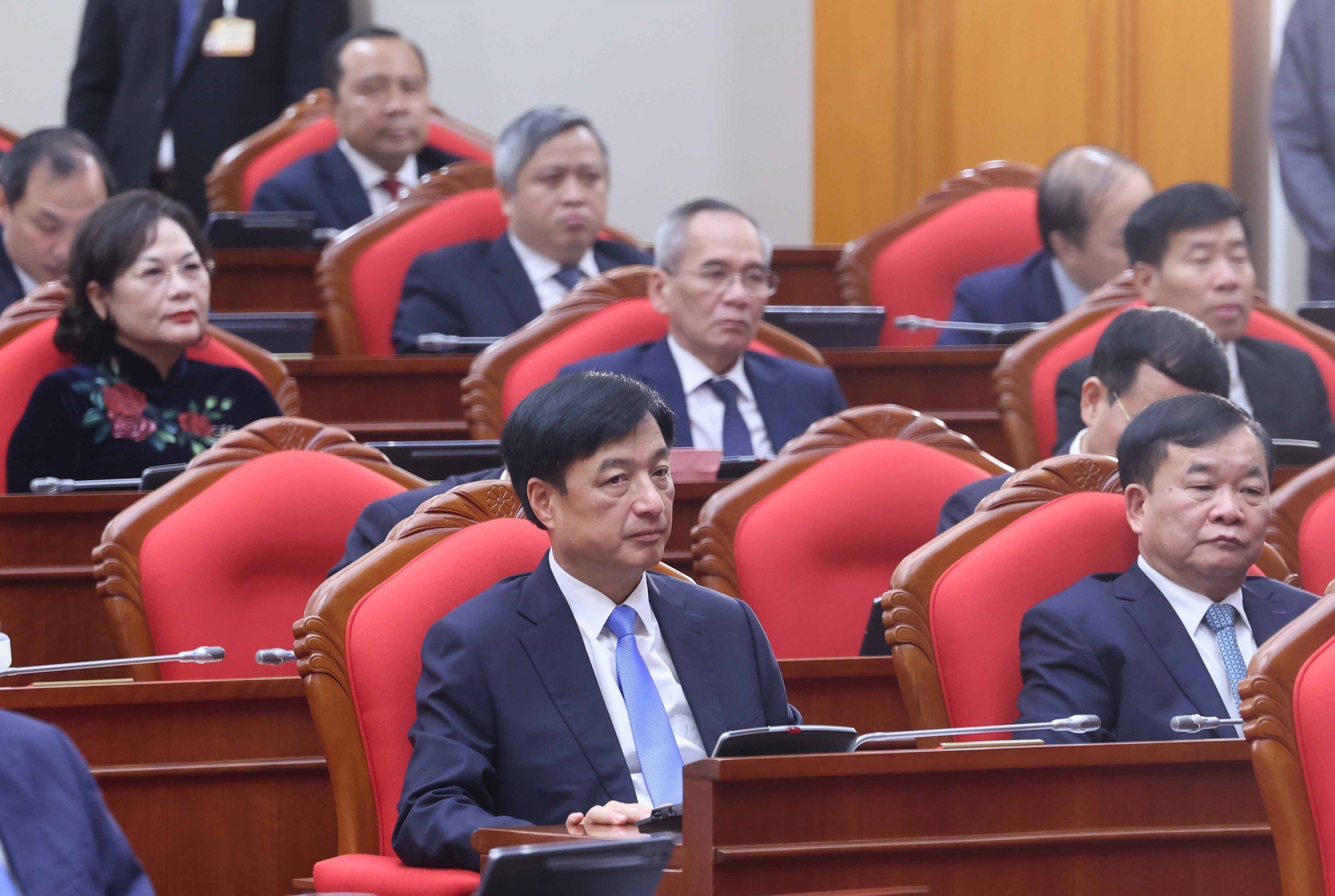
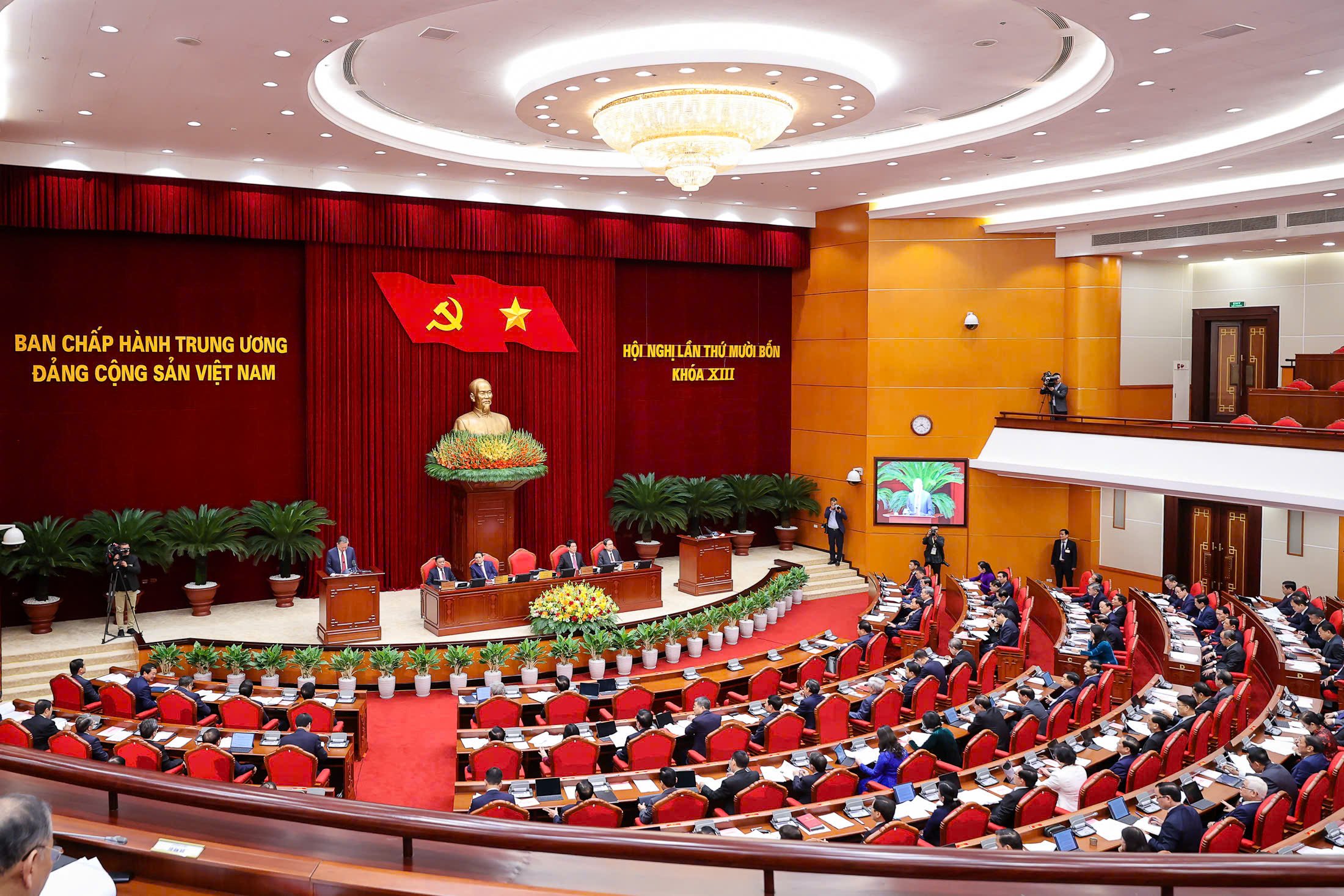



![[Photo] Opening of the 14th Conference of the 13th Party Central Committee](https://vphoto.vietnam.vn/thumb/1200x675/vietnam/resource/IMAGE/2025/11/05/1762310995216_a5-bnd-5742-5255-jpg.webp)




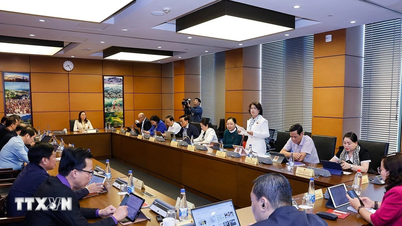

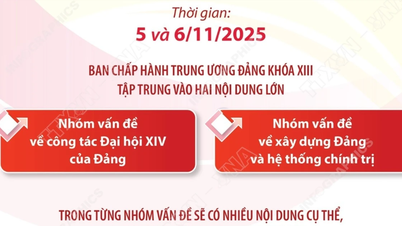
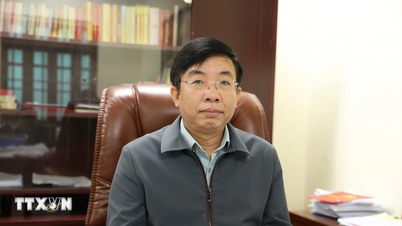


![[Photo] Opening of the 14th Conference of the 13th Party Central Committee](https://vphoto.vietnam.vn/thumb/402x226/vietnam/resource/IMAGE/2025/11/05/1762310995216_a5-bnd-5742-5255-jpg.webp)




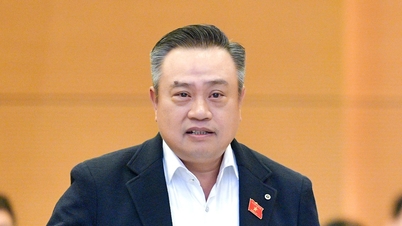


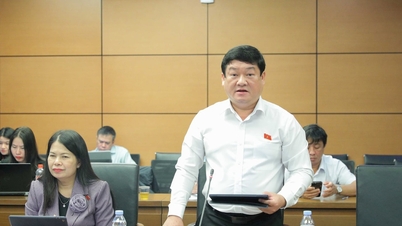





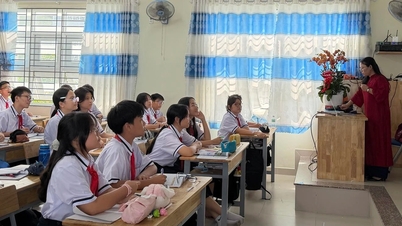

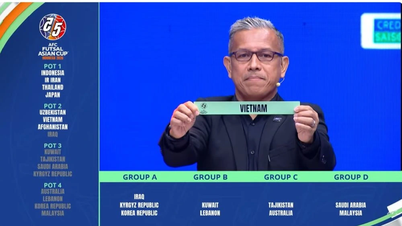

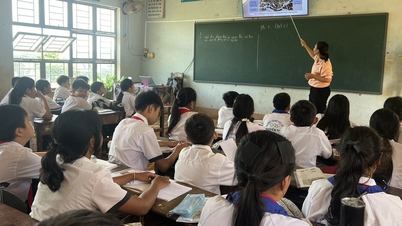
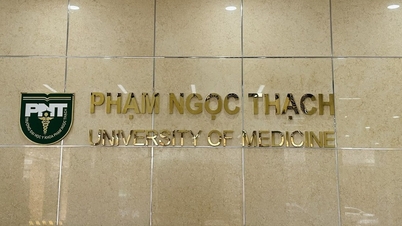

![[Photo] Panorama of the Patriotic Emulation Congress of Nhan Dan Newspaper for the period 2025-2030](https://vphoto.vietnam.vn/thumb/1200x675/vietnam/resource/IMAGE/2025/11/04/1762252775462_ndo_br_dhthiduayeuncbaond-6125-jpg.webp)









































































Comment (0)